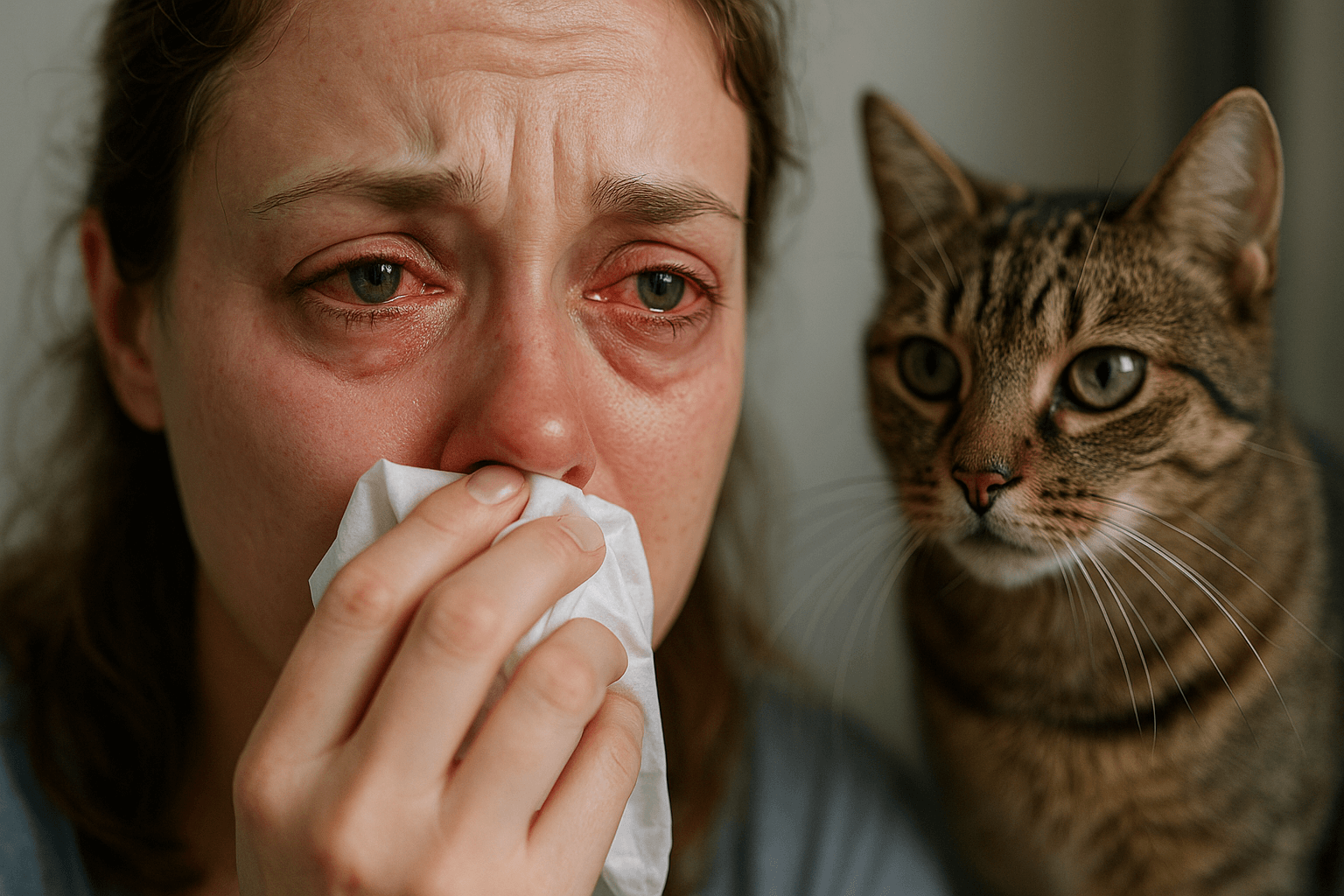What to Do If Your Dog Ate Petroleum Jelly
Petroleum jelly, commonly known as Vaseline, is a household item that many pet owners may not think twice about leaving around the house. However, if your dog accidentally ingests petroleum jelly, it’s natural to feel concerned. While this substance isn’t highly toxic, it can still cause some issues depending on the amount consumed and your dog’s size or health condition. In this blog post, we’ll explore what happens when a dog eats petroleum jelly, potential risks, and how to respond effectively. By understanding the situation and taking appropriate steps, you can ensure your furry friend stays safe and healthy.
Potential Effects of Petroleum Jelly on Dogs
If your dog ate petroleum jelly, it’s important to understand the possible effects it might have on their system. While petroleum jelly is generally considered non-toxic, its ingestion can still lead to mild discomfort or other symptoms. Here’s what you need to know:
Digestive Upset: Some dogs may experience vomiting, diarrhea, or stomach discomfort after consuming petroleum jelly.
Laxative Effect: Petroleum jelly can act as a mild laxative, leading to softer stools or increased bowel movements.
Choking Hazard: Large amounts of petroleum jelly could pose a choking risk or cause blockages in smaller dogs.
Allergic Reactions: Although rare, some dogs may develop an allergic reaction to petroleum jelly, resulting in itching or skin irritation.
No Harm in Small Quantities: In most cases, small amounts of petroleum jelly are unlikely to cause serious harm but should still be monitored.
While these effects are typically mild, it’s always best to keep an eye on your dog for any unusual behavior or symptoms after ingestion.
Immediate Steps to Take If Your Dog Ate Petroleum Jelly
If you discover that your dog has eaten petroleum jelly, staying calm and acting promptly is key. Here are the immediate steps you should take to address the situation:
Assess the Amount Consumed: Try to estimate how much petroleum jelly your dog ingested, as this will help determine the level of concern.
Check for Symptoms: Look for signs of distress, such as vomiting, diarrhea, or difficulty breathing, which may indicate a more serious issue.
Contact Your Veterinarian: Call your vet to discuss the situation and get professional advice tailored to your dog’s specific needs.
Do Not Induce Vomiting: Unless instructed by a vet, avoid making your dog vomit, as this could worsen the situation.
Monitor Closely: Keep a close eye on your dog for the next 24-48 hours to ensure no adverse reactions occur.
By following these steps, you can minimize potential risks and provide your dog with the care they need. Remember, prevention is always better than dealing with an emergency.
Check this guide 👉Can Dogs Eat Vanilla Cake? Best 7 Health Tips!
Check this guide 👉Can Dogs Eat Blue Cheese? Best 7 Expert Tips!
Check this guide 👉Can Dogs Eat Black Pepper? Best 7 Health Tips!

Signs to Watch For | What to Do |
|---|---|
Vomiting or Diarrhea | Contact your vet immediately |
Lethargy or Weakness | Monitor closely and seek medical advice |
Choking or Gagging | Check airways and consult a vet |
Soft Stools or Increased Bowel Movements | Observe hydration levels and diet |
No Symptoms at All | Continue monitoring for 48 hours |
Preventing Future Incidents
To avoid situations where your dog might eat petroleum jelly or other harmful substances, it’s essential to take preventive measures. Here are some practical tips to safeguard your home and protect your pet:
Store Products Safely: Keep petroleum jelly and similar items out of reach, ideally in locked cabinets or high shelves.
Supervise Curious Dogs: Always supervise your dog, especially if they have a habit of chewing or eating non-food items.
Use Pet-Safe Alternatives: Opt for pet-safe grooming products instead of petroleum jelly to reduce the risk of accidental ingestion.
Teach “Leave It” Commands: Train your dog to respond to commands like “leave it” to prevent them from eating inappropriate items.
Dog-Proof Your Home: Regularly inspect your living space for potential hazards and remove anything that could tempt your dog.
By implementing these strategies, you can create a safer environment for your dog and reduce the likelihood of future incidents.
When to Seek Veterinary Attention
While most cases of dogs eating petroleum jelly are not life-threatening, certain situations warrant immediate veterinary attention. Here’s when you should contact your vet without delay:
Large Quantities Consumed: If your dog ate a significant amount of petroleum jelly, it could lead to gastrointestinal blockages.
Persistent Vomiting or Diarrhea: These symptoms may indicate irritation or an underlying issue requiring medical intervention.
Difficulty Breathing: Any signs of respiratory distress could signal a more severe reaction or aspiration.
Preexisting Health Conditions: Dogs with existing health problems may be more vulnerable to complications from ingestion.
Unusual Behavior: Sudden changes in behavior, such as extreme lethargy or aggression, should not be ignored.
Prompt veterinary care can prevent minor issues from escalating into major health concerns. When in doubt, always err on the side of caution.
Common Household Items Dogs Might Eat
Dogs are naturally curious and sometimes ingest items they shouldn’t. While petroleum jelly is one example, there are other common household items that can pose risks. Here’s a list of things to watch out for:
Small Toys or Objects: These can cause choking or intestinal blockages if swallowed.
Human Medications: Many over-the-counter and prescription drugs are toxic to dogs, even in small doses.
Food Scraps: Items like chocolate, onions, or grapes can lead to poisoning or digestive issues.
Cleaning Products: Chemicals in cleaning supplies can irritate your dog’s skin or cause harm if ingested.
Plants: Certain houseplants, like lilies or philodendrons, are toxic to dogs if chewed or eaten.
Being aware of these potential hazards allows you to take preventive measures and keep your home safe for your furry friend. A little vigilance goes a long way in preventing emergencies.
Signs Your Dog May Have Eaten Something Harmful
If you suspect your dog has ingested something harmful, recognizing the signs early can make a big difference. Here are some common symptoms to look out for:
Vomiting or Diarrhea: These are often the first signs of gastrointestinal distress caused by ingestion of harmful substances.
Excessive Drooling: Increased salivation may indicate nausea or irritation in the mouth or throat.
Lethargy or Weakness: A sudden lack of energy could signal poisoning or another serious issue.
Pawing at the Mouth: This behavior suggests your dog may have eaten something sharp or irritating.
Difficulty Breathing: Labored breathing could indicate an allergic reaction or obstruction in the airway.
If you notice any of these signs, contact your veterinarian immediately. Early intervention can prevent complications and ensure your dog receives the care they need.
How to Train Your Dog to Avoid Harmful Items
Training your dog to avoid harmful items is an essential part of pet ownership. With consistent effort, you can teach them to steer clear of dangerous substances like petroleum jelly. Here are some tips to help you get started:
Use Positive Reinforcement: Reward your dog with treats or praise when they ignore or avoid harmful items.
Teach the “Leave It” Command: This command helps redirect your dog’s attention away from potentially dangerous objects.
Provide Safe Alternatives: Offer toys or chews that satisfy your dog’s urge to explore without posing a risk.
Practice Regular Training Sessions: Short, frequent training sessions reinforce good behavior and improve obedience.
Supervise During Exploration: Keep a close eye on your dog during walks or playtime to prevent access to harmful items.
With patience and consistency, you can train your dog to make safer choices. A well-trained dog is less likely to encounter dangerous situations, giving you peace of mind as a pet owner.
Frequently Asked Questions About Dogs Eating Petroleum Jelly
Is petroleum jelly toxic to dogs?
While not highly toxic, petroleum jelly can cause mild digestive upset and should be monitored.
What should I do if my dog ate petroleum jelly?
Assess the amount consumed, check for symptoms, and contact your veterinarian for advice.
Can petroleum jelly cause blockages in dogs?
In large quantities, it may cause blockages, particularly in smaller dogs or those prone to gastrointestinal issues.
How long does it take for petroleum jelly to pass through a dog’s system?
It typically passes within 12-24 hours, but monitor your dog closely during this time.
Are there safe alternatives to petroleum jelly for dogs?
Yes, pet-safe balms and moisturizers are available and designed specifically for canine use.
In Conclusion: Stay Calm and Proactive
Discovering that your dog ate petroleum jelly can be alarming, but with the right knowledge and actions, you can handle the situation effectively. While petroleum jelly is generally not highly toxic, its ingestion can still cause mild discomfort or other symptoms that require attention. By staying calm, assessing the situation, and seeking professional advice when needed, you can ensure your dog remains safe and healthy. Prevention is equally important—taking steps to dog-proof your home and using pet-safe products can go a long way in avoiding future incidents. Remember, your dog relies on you to keep them out of harm’s way, and with a little vigilance, you can continue to enjoy many happy years together.
Why Is My Cats Second Eyelid Showing? Best 7 Expert Tips! Understand causes, health signs, and how to respond when your cat’s third eyelid becomes visible.
How Do I Know If My Cat Died Peacefully? Best 7 Expert Tips! Discover the quiet signs of a peaceful feline passing and find comfort in their final moments.
Cat Allergy Eyes: Best 7 Expert Tips! Discover why your eyes react to cats and learn proven strategies for relief—without giving up your feline friend.
Why Do Abyssinian Cat Colors Matter? Best 7 Expert Tips! Discover the genetics, rare hues, and care secrets behind Abyssinian coat colors for a healthier, happier cat.





